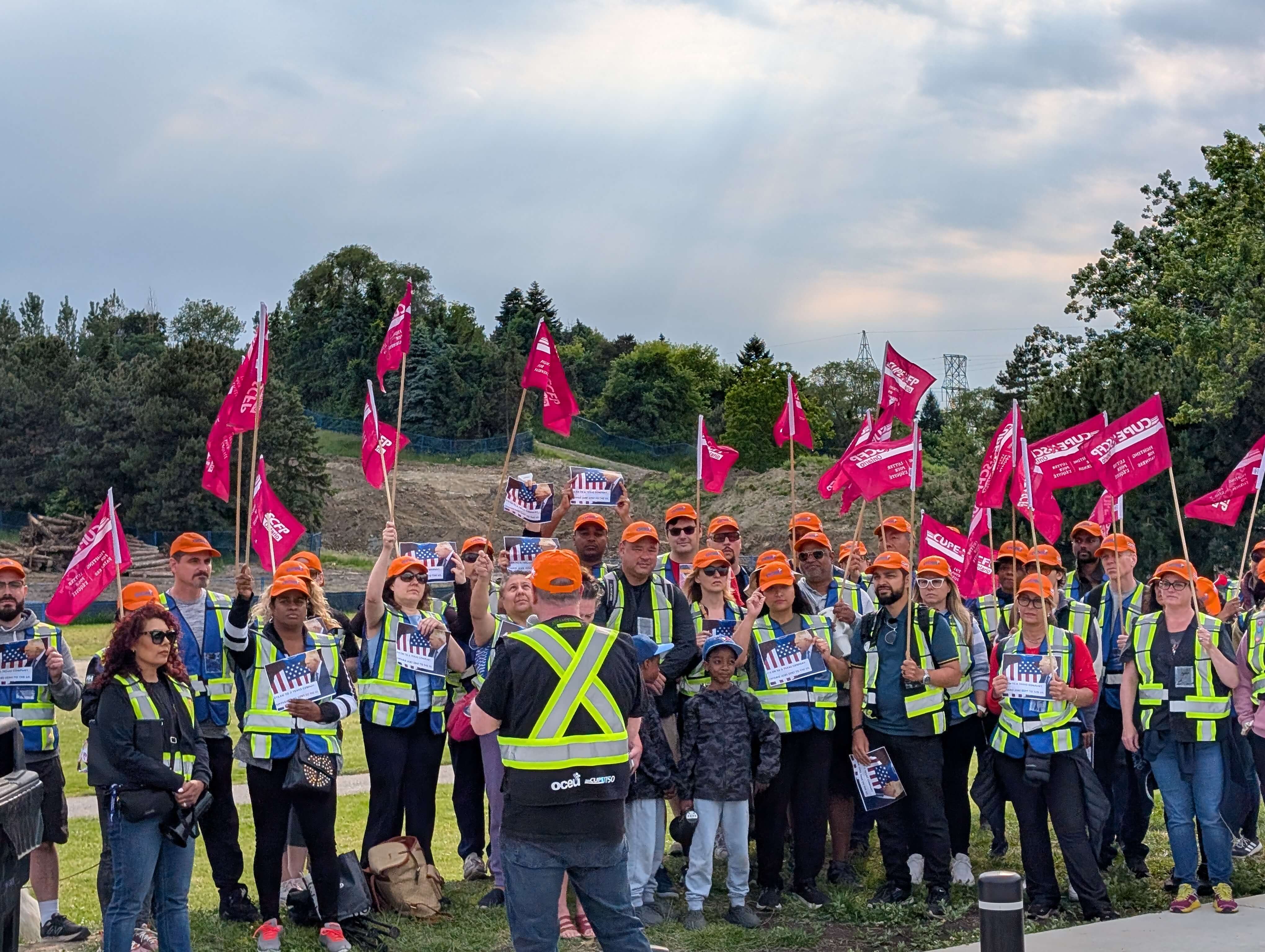Stigma-free work environment, employer support can help those who are struggling

More than one-half (55 per cent) of employed individuals who died from an illicit drug overdose between 2016 and 2017 worked in the trades and transport industry, according to a report by the British Columbia Coroner’s Service.
“Overdoses are happening every day and the statistics are showing that trades, transport industries have been disproportionately affected,” says Arianna Wingfield, project coordinator for overdose response at Delta Community Action Team in B.C. “A significant number are happening in private residences… It’s an every-day person problem.”
While there is no research to confirm exactly why the trades are being hit so hard, there is plenty of anecdotal evidence that supports this finding. The work environment can be strenuous with very long shifts, so stimulants are sometimes being used to help workers stay awake. Other individuals may have been taking opioids for pain management but were cut off by their doctors and then turned to illicit drugs.
“That worked for many years for many people, but (now) we have a toxic drug supply so you never know what you’re taking and someone can say, ‘This is an OxyContin,’ it can even be labelled as such, but if you didn’t get it from your doctor, your pharmacy, it could be a fake oxy,” Wingfield says.
Yet another concern is people who are taking drugs recreationally and are unaware of the toxic drug supply.
“The culture of what trades have been in the past, in some trades, is that ‘Work hard, play hard’ culture — we hear that a lot,” she adds.
How employers can help prevent overdoses
Employers and health and safety professionals should be concerned about the overdose crisis because it affects the business and their workforce.
“For a business’s bottom line, it fiscally takes more to rehire, retrain than giving your employee options to get help, or if you have employee that passes away, to fill their spot, which I hate bringing up, but it’s true,” Wingfield says. “Substance use is not a moral issue, it’s a heath issue. So just like any other health issue, an employer would respond holistically for their employee — or should respond that way.
Employers have a duty to accommodate employees with substance dependency and give them the space and resources to get help.
When Daniel Snyder, project and peer coordinator at Langley Community Action Table in B.C., was struggling with a drug addition, he had a very supportive employer who gave him multiple opportunities to try and resolve the issue. At one point, he was off work for three months.
“I remember reaching a point in my life where I was like, ‘I think I’ve got to go somewhere like a treatment centre because this is out of control. I am not going to be able to maintain for much longer.’ I opened up to him about this… He knew to some extent what I was dealing with. He wanted to help me out,” Snyder says. “The time that he gave me to go off and work on myself was so invaluable that words cannot express.”
Health and safety professionals should also ensure their staff know how to respond to an overdose and are trained in using a naloxone kit.
“Having your staff trained, taking this as a health issue, (it’s) just like come in and doing first aid — let’s learn how to do naloxone,” Wingfield says.
In B.C., various health authorities offer free programs that train staff in overdose preparedness as well as send representatives to individual work sites to help employers develop an overdose response plan.
Wingfield recommends employers check out the website https://towardtheheart.com, which explains the symptoms of an opioid overdose and how to respond with naloxone. As a best practice, employers should have naloxone kits on site.
It’s also important for employers to offer a stigma-free work environment where workers feel comfortable sharing if they are struggling with substance abuse.
“Just talking about it — having open dialogue,” says Snyder. “Employees [should] know they are not going to get fired because they say something.”
Employers should offer resources, tools and access to services that can support their workers. If employers educated their workers about the toxic drug supply, that would go a long way, too.
Some employers think that having naloxone kits on site or training their employees in overdose response is synonymous with admitting to having a drug problem among their workforce. But this thinking has to change, especially since Snyder personally knows of multiple stories where workers have been found in porta potties on job sites overdosed.
“That is a barrier for some employers because of the perception that creates around their clientele and around the workplace, so that’s a tough one to overcome, but I don’t think the perception is accurate,” he says. “You’re not admitting your people use drugs, you are just admitting that you want to be prepared.”





